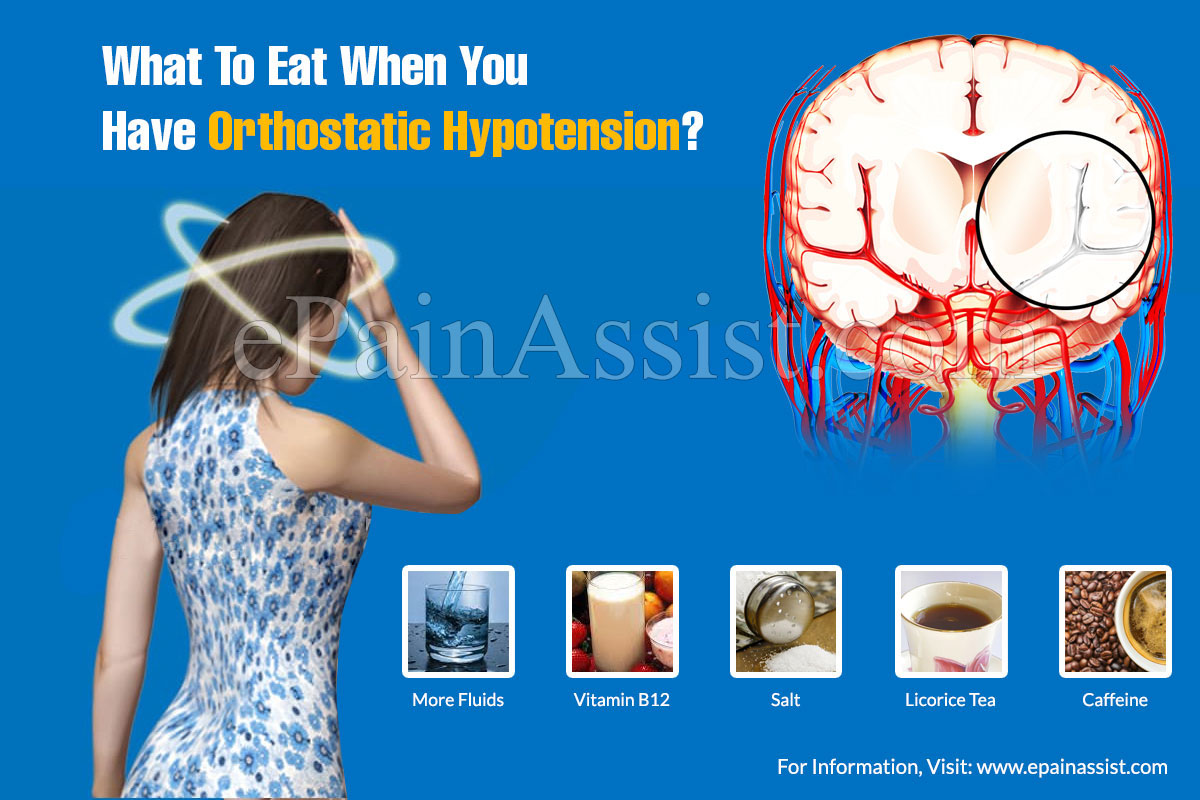Orthostatic hypotension could be associated with diabetes, Addison’s disease, few neurological disorders such as MSA (Multiple System Atrophy) with Orthostatic Hypotension, autonomic system neuropathies.(1)
Research shows that chronic fall in blood pressure from orthostatic hypotension is a huge problem & can be an independent factor in increasing morbidity & mortality.(2)
When a person stands up after sitting or lying down, the body has to work to adjust the posture. It accelerates the blood upward to the brain to provide oxygen. If the body fails to do this amply, there is a notable decrease in the blood pressure, and a person can feel dizzy or in some cases, even faint. And this condition is known as orthostatic hypotension.(3)
When there is a postural change, numerous activities happen involving all the parts of the autonomic nervous system and cardiovascular system. If the body isn’t ready to function appropriately when you stand up, you might have the symptoms of orthostatic hypotension. It is not a disease, however, it can result in a heart ailment, if persistent.

What To Eat When You Have Orthostatic Hypotension?
If you are a patient of orthostatic hypotension, your doctor will primarily determine its cause, and whether it is serious or not. In most cases, basic lifestyle and dietary changes along with some medication cure this condition. Here are some of the eating habits you need to follow:

More Fluids: Stay hydrated. Drink at least 8 to 10 glasses of water during the day time. You can also include vegetable and fruit juices but without sugar. Dehydration can cause blood pressure to drop.
Vitamin B12: Lack of vitaminB12 can result in anemia which can eventually cause low blood pressure. Eat foods such as clams, trout, salmon, milk, yogurt, ham, fortified cereals, and eggs are enriched in Vitamin B12.
Salt: Salty food boosts blood pressure and thus can be helpful to treat the hypotension. Try to consume olives, cottage cheese, smoked fish, and canned soup. The idea is to have a sufficient amount of salt in your diet as it contains sodium that helps in raising the blood pressure.
Licorice Tea: Licorice is known to reduce the effect of aldosterone, which is one of the hormones that regulate the impact of salt in the body. Drinking this tea can help elevate blood pressure rates.
Caffeine: Coffee briefly increases blood pressure by boosting the heart rate and spurring the cardiovascular system. The higher the caffeine content, the greater is its effect on the blood pressure.(4)
What To Avoid When You Have Orthostatic Hypotension?
Your doctor will probably give you a diet that is suitable for the person with low blood pressure. Basic exercising and some daily lifestyle changes would also help. Following are foods that you must not shop for anymore and those that you are advised to eat in moderation:
- Eat small portions of meals. Eating in larger quantities can cause a dip in the blood pressure as your body has to work harder to digest the food.
- Stop eating high-carb foods, especially processed food. These foods take time to digest leading to low blood pressure.
- No Alcohol. Drinking alcohol can elevate blood pressure to unhealthy levels. Even if you are in good health, drinking more than three drinks in one sitting can increase your blood pressure beyond a certain point.
Other things to keep in mind:
When you are getting out of a chair or standing up after lying down for a while, do it slowly. Don’t stand up instantly as it will worsen your condition. If you sitting on the floor, stand up on your side.
- Don’t keep your legs crossed when you are sitting.
- If you are bedridden for medical reasons, try sitting for a shorter duration.
- Sit on the edge of the bed for a couple of minutes before getting out of the bed.
- Perform some isometric exercises to raise the blood pressure and restrict the drop in your blood pressure.
- Wear compression stockings as they will help in blood circulation.(5)
Conclusion
If you notice the symptoms of orthostatic hypotension even after you make changes in your diet, then consult your doctor immediately. Untreated hypotension can lead to severe, life-threatening diseases.
- https://www.ninds.nih.gov/Disorders/All-Disorders/Orthostatic-hypotension-Information-Page
- https://pubmed.ncbi.nlm.nih.gov/16894039/
- https://www.medicinenet.com/orthostatic_hypotension/article.htm
- https://www.medicalnewstoday.com/articles/318158#Treatment-and-prevention
- https://www.mayoclinic.org/diseases-conditions/orthostatic-hypotension/diagnosis-treatment/drc-20352553
